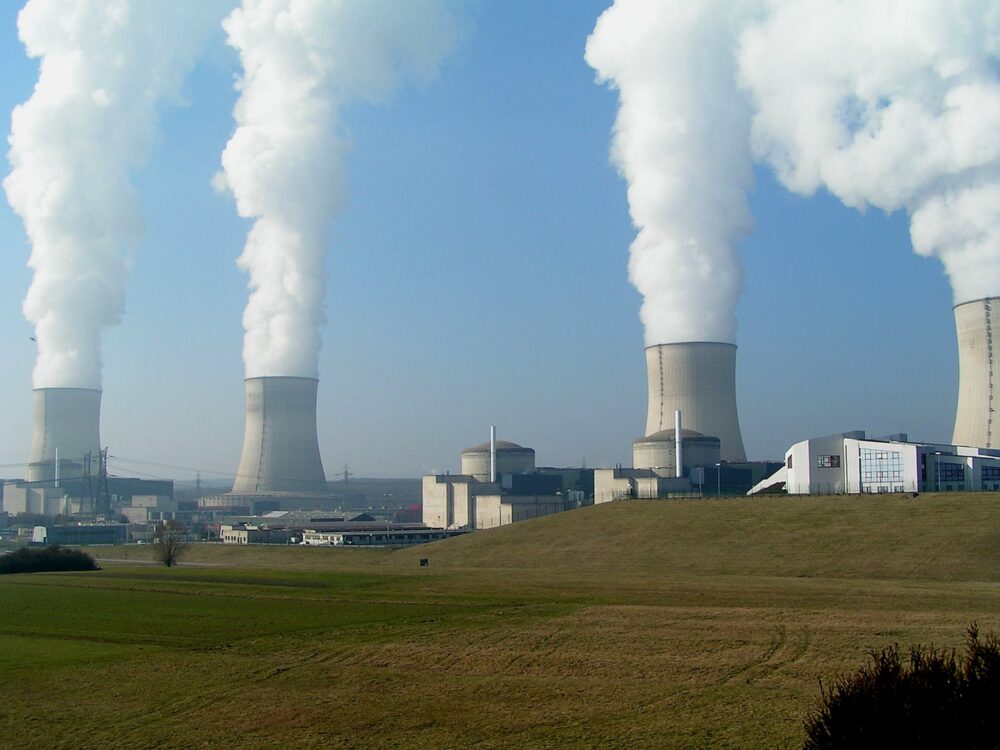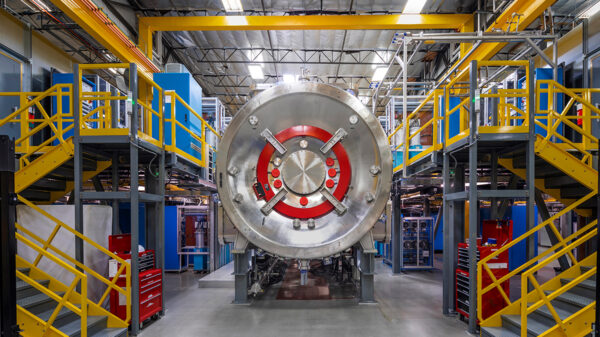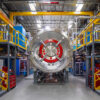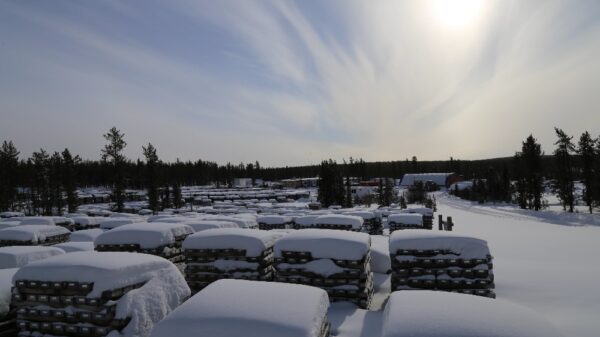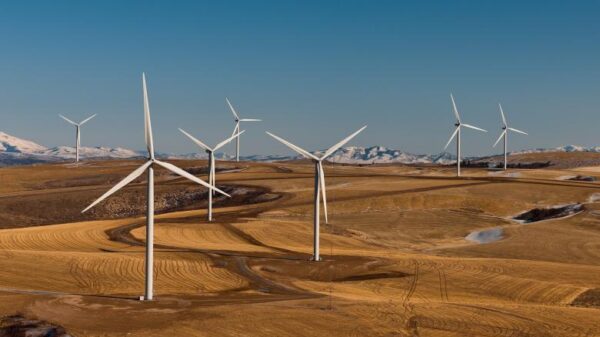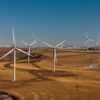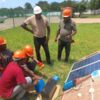North American leaders and energy executives are deepening collaboration in a renewed push for nuclear energy.
On Wednesday, at the Midwestern Legislative Conference in Saskatoon, officials from Canada and the U.S. emphasized nuclear power’s role in meeting rising energy demands. They framed the effort as essential for both environmental goals and global energy security.
“Let’s go through this incredible collaboration, coordination for economic benefit and security benefit,” said John Gorman, president of Westinghouse Canada. “We’ll be able to dominate globally.”
Gorman praised the United States as the current leader in operating nuclear reactors. However, he warned that the rapid nuclear development in countries like China threatens that dominance. Accordingly, he stressed the need for North American allies to work together to maintain a competitive edge.
Furthermore, Canada’s uranium reserves stand out as critical assets in this plan. Saskatchewan Premier Scott Moe pointed out the province’s central role in the global nuclear supply chain.
“The number of reactors that are going to be needed not only here in North America but around the world… all of that manufacturing, those supply chains, the ongoing servicing, the fuel, all comes from North America,” Moe said.
Meanwhile, energy executives highlighted the importance of reducing reliance on foreign uranium sources. Tim Gitzel, CEO of Cameco Corporation (TSE: CCO) (NYSE: CCJ), detailed how the supply chain is shifting back to North American control.
“We’ve got uranium from here, we’ve got conversion in Ontario… We’re working on enrichment in Wilmington, North Carolina,” Gitzel said.
“The U.S. needs enrichment. Why? Because we gave it all away to the Russians and the Chinese over the last 25 years.”
Read more: Japan launches new experimental nuclear fusion reactor
Read more: Type One Energy to construct a prototype nuclear fusion reactor in Tennessee
High construction costs raise concerns
Gitzel added that foreign dominance in enrichment threatens North America’s energy autonomy. “They’re handing us our lunch at the moment. We’ve got to get it back.”
Additionally, participants acknowledged that despite the momentum, nuclear faces headwinds. High construction costs and long timelines continue to raise concerns. Minnesota State Senator Ann Johnson Stewart expressed support for nuclear but questioned affordability.
“I do agree, we need to look more towards nuclear energy,” Stewart said.
“However, the last nuclear plant that was built in the U.S. was originally estimated at CAD$14 billion, ended up costing CAD$35 billion, and had a seven-year time overrun.”
Accordingly, leaders called for regulatory reform to speed up nuclear deployment. They insisted that any changes must protect public trust and maintain safety standards. Moe also noted that without reform, the current timeline for building new greenfield nuclear reactors stretches up to 14 years.
Furthermore, the broader geopolitical context is strengthening the case for nuclear energy. Officials described energy independence as a national security imperative. They warned against dependency on unfriendly nations for critical power infrastructure.
“You ensure that your energy is secure and you’re not dependent on unallied nations or unfriendly nations,” Moe said. “And herein lies the greatest opportunity that we have as Canadians and Americans to really determine our own future.”
The Saskatoon summit signaled a turning point in North American nuclear cooperation. While cost concerns persist, the shared urgency around energy security and decarbonization continues to unite lawmakers and industry leaders.
.
joseph@mugglehead.com

